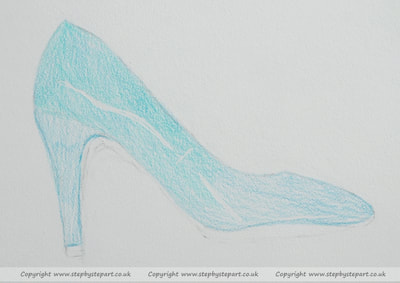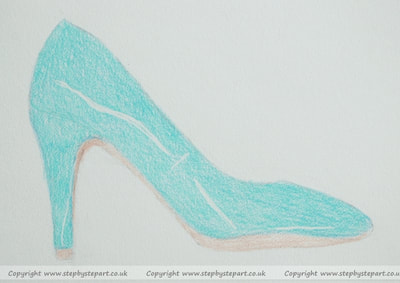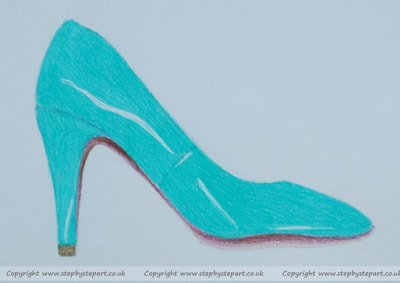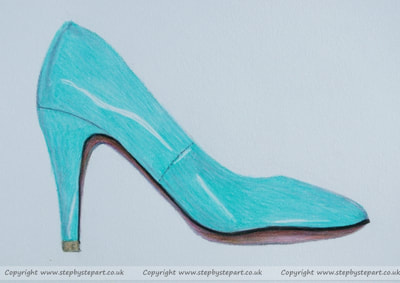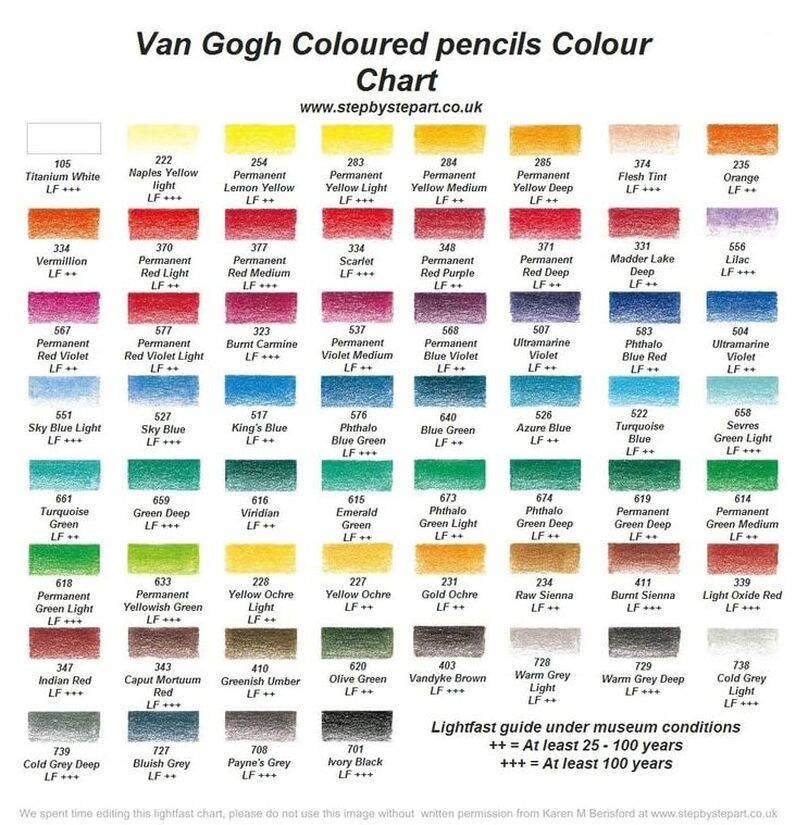VAN GOGH COLOURED PENCILS
These pencils are unique due to their guaranteed lightfastness. Royal Talens has combined its expertise in the use of pigments in artists' paints with the specific properties of pencils. The result is a wide range of fine art pencils in various metal sets. Made from the finest high-quality raw materials and sustainable wood.
www.royaltalens.com
